Development Prospects for the Third World Air Force
The experience of military operations gained in recent decades clearly shows that air supremacy is the key to victory. Aviation became a means capable of turning the tide of a war even in the event of multiple enemy superiority in tanks, artillery and manpower. However, modern jet aircraft capable of developing supersonic speeds and delivering high-precision strikes at long distances from home airfields, due to their high cost, are not affordable for most developing countries.
During World War II, the price of a fighter was comparable to the cost of manufacturing a medium tank, and the planes, like tanks, were built in thousands of copies. However, already in 60-s, with the growth of speed and altitude, the introduction of sophisticated radio systems into the avionics and the transition to guided weapons, the price of jet combat aircraft increased sharply. However, here it is also necessary to add a very high cost of training pilots. This inevitably affected the number of built supersonic machines. Creation and mass production of truly modern combat aircraft has become a very expensive pleasure, available to very few. In this regard, some states follow the path of international cooperation and the creation of consortia. This is especially true for Western European countries that want to maintain at least some independence from the United States and maintain their own scientific and industrial potential.
The first "European fighter" became Aeritalia G.91. Few people remember about this plane now, but in the middle of the 50's he won the competition to create a new NATO light fighter bomber, beating around the British and American aircraft. G.91 was built in Italy and Germany, the last fighter-bombers of this type were written off at the beginning of the 90's.
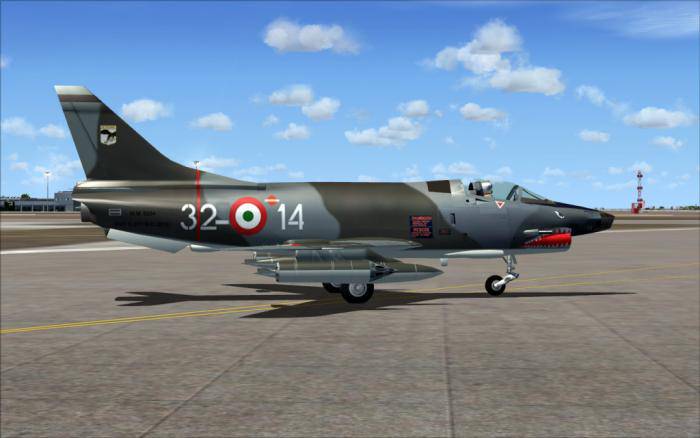
The Italian-German G.91 was followed up by Panavia Tornado, created jointly by Italy, Great Britain and West Germany, its production began at the beginning of the 80's and the Eurofighter Typhoon - operated from the year 2003. In the conditions of excessively expensive R & D, European countries have chosen to unite and share technological and financial risks. However, the "smearing" of development in different countries, designers and the military, who had their own views on the technical appearance and the main field of application, inevitably affected the result. As a result, France came out of the project, which decided to create its own combat aircraft, independently of other European states. In fairness, it should be said that the European Typhoon fighter, which first flew in March 1994, does not exceed the characteristics of the modernized 4 generation aircraft.
Only France with Dassault Rafale and Sweden with Saab JAS 39 Gripen still build fighters on their own. However, in the Swedish lightweight fighter, the share of foreign components and assemblies is very large, and Sweden is unable to produce Gripenes without foreign components. As for France, then "Rafale", apparently, will be the last French model. An aging Europe, despite the declared independence, is increasingly politically, economically and technologically dependent on its “overseas partner”.
China went the other way. Not being able to create modern models of aviation technology, in the 70-80-s in the People's Republic of China built obsolete Soviet-made aircraft from the USSR in the mid-to-late 50-s in large quantities. Until the second half of the 90, the main part of the PLA Air Force's combat force consisted of Chinese copies of the IL-28, MiG-19 and MiG-21. China, yielding to the quality of the USSR and the USA, contained a very significant fleet of obsolete combat aircraft. The situation began to change at the beginning of 90, when, after the normalization of relations with our country, technical documentation and assembly kits of Su-27 fighters were supplied to the PRC. Russian aid has allowed us to seriously raise the level of the Chinese aviation industry, and now Chinese fighters are already competing with us in the global arms market. The explosive economic growth, the absence of any restrictions regarding unlicensed copying and the huge amount of money invested in our own projects brought China to the level of advanced aviation countries.
In the past, the main suppliers of military aviation in developing countries were the USSR, the USA and France. Until now, airplanes built during the Cold War years have flown into the air: MiG-21, MiG-23, F-4, F-5, Mirage F1 and Mirage III. Both in the USSR and in Western countries, export versions of fighters with simplified avionics were created, intended for operation in countries with a low level of development. The Americans went the farthest in this, creating an “export” F-5 fighter, which was not distinguished by high flight performance, but was simple, reliable and unpretentious at a relatively low cost. During the war in Southeast Asia, the United States also adopted a number of light anti-partisan warplanes. Subsequently, some of them - jet A-37 and twin-engine turboprop OV-10 enjoyed great popularity in the states of the "third world".
Today, neither in Russia, nor in the United States, nor in France such planes are no longer built, and modern fighters are rarely “affordable” for developing countries, even if they have the means to buy them. A very illustrative example of South Africa, having purchased a batch of JAS-39 Gripen, in South Africa suddenly found out that there are no funds in the budget for their operation. The cost of the flight hour of one of the most inexpensive 4 generation fighters exceeds 10 000 dollars. Currently, of the 26 fighters received, only 10 are regularly lifted into the air, and the rest are “in storage”.
After the end of the Cold War and the reduction of international tensions, many countries began to get rid of redundant arsenals. On the world arms market, modern combat aircraft in good technical condition were offered at very reasonable prices. In the 90-s, along with new export modifications, Russia actively traded second-hand MiG-29, Su-25 and Su-27. Ukraine and Belarus lagged behind this in Russia. Typical buyers of Soviet-made combat aircraft were poor African countries that had internal problems with all sorts of rebels or unresolved territorial disputes with their neighbors. So, at the end of the 90-x - the beginning of the 2000-x, during the Ethiopian-Eritrean war, Su-27 fighters, delivered from Russia, and Ukrainian MiG-29 came together in the African sky.
At the beginning of 2000-s, after receiving large orders from China and India, the delivery of new aircraft received priority in Russian arms exports. Unlike second-hand fighter aircraft that did not bring much profit, trade in new aircraft allowed, in addition to replenishing the budget, to support their own enterprises and retain specialists. In addition, by the beginning of the 2000's, the Russian Air Force had already run out of “extra” combat aircraft, while vehicles still suitable for long-term operation needed repair and modernization. The operation of modernized fighters built in the USSR made it possible to hold out until the new models entered service. However, second-hand trading continues. Despite the fact that the fleet of combat aircraft in its own air force was reduced to a critical level, Belarus several years ago sold the remaining Su-24M front-line bombers to Sudan, and Ukraine before the start of known events supplied MiG-29, which had undergone a refurbishment.
In 2000-s, the double Russian fighter Su-30 of various modifications became a sales hit, its export production many times over the number of built vehicles exceeded the supply to its own air force. Despite the high cost (the price of Su-30MKI exceeds $ 80 million), more than 400 ready fighters and assembly kits have been shipped abroad. Air forces of Algeria, Angola, Venezuela, Vietnam, India, Indonesia, Kazakhstan, China, Malaysia and Uganda became the operators of the Su-30. Unfortunately, not all countries from this list were paid off with “real money”, some of them were supplied by Russia with fighters on credit, and it is unlikely that these funds will be returned in the foreseeable future.
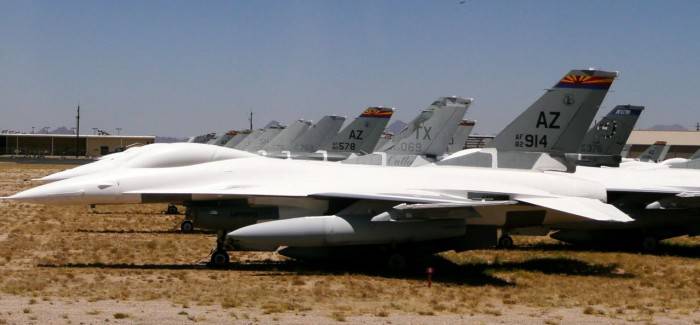
Members of the North Atlantic Alliance sold their second-hand aircraft to a lesser extent. After the collapse of the USSR and the reduction of the threat of a global war to a minimum, in the 90-2000-s, European countries often found it easier to write off used warplanes than to bother with their repair and modernization. In addition, in contrast to the former Soviet republics, the NATO countries “with experience” were much more scrupulous about the issue of arms supply to authoritarian regimes and countries that are in a state of armed conflict with their neighbors. In this regard, Hungary and Bulgaria showed less restraint, and even bought Soviet-made aircraft, because of their lower cost and maintainability, much more readily. Much freer members of NATO exchanged extra weapons inside the block. So, Romania received the X-NUMX fighter aircraft F-12, which previously flew the Portuguese Air Force, and Hungary became the first foreign user of JAS-16, paying around $ 39 billion for leasing 1 aircraft. Although Sweden is formally not a member of NATO, it maintains active military-technical cooperation with the countries of the alliance. The practically inexhaustible source of the flying "second-hand" is the storage of aviation equipment Davis-Monten in Arizona. In 14, Indonesia began to receive repaired and upgraded F-2014C / D Vlock 16, which had previously been stored.
As the life of the still-flying MiG-21, Skyhawks and Kfirs is developed, the military of the Third World countries think about how to replace them. Currently, there is no modern low-cost single-engined combat aircraft in Russia that is suitable for the “cost-effectiveness” criterion. And even the supply of used American F-16 is not always possible for political reasons. In this regard, JF-17 Thunder, created at the beginning of 2000 by the Chinese company Chengdu Aircraft Corporation with the financial support of Pakistan, is of great interest among potential buyers. In China, this aircraft has the designation FC-1. In 2009, China and Pakistan entered into an agreement to jointly build the JF-17 Thunder fighter.
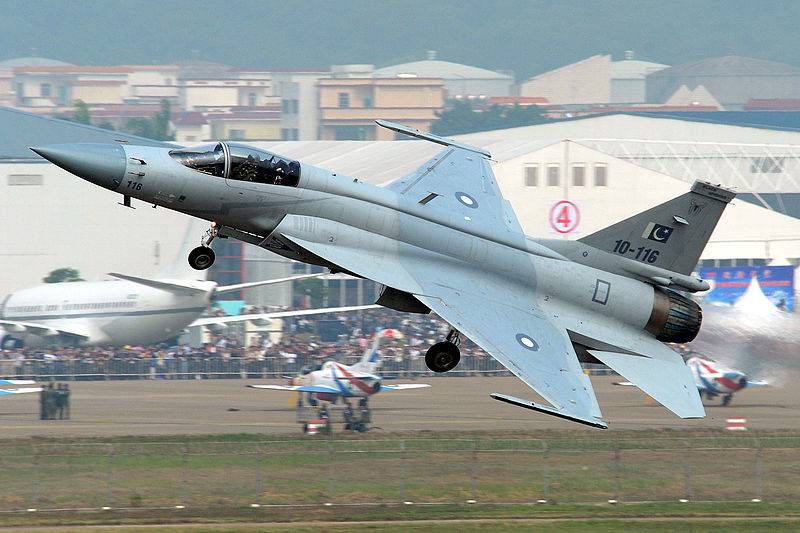
The JF-17 genealogy leads from a joint Chinese-American fighter, the Super-7. Work on this project was carried out in 80-ies, when communist China and the United States were "friends" against the USSR. The “Super-7” was a deep modernization of the J-7 fighter (the Chinese MiG-21), from which it was distinguished by a wing of a larger area with slats and overflows, side unregulated air inlets, a lantern with an improved view. The fighter was supposed to be equipped with modern avionics: radar AN / APG-66, ILS, modern means of communication. According to its combat characteristics, the “Super-7” was supposed to approach the F-16А fighter.
After the events on Tiananmen Square, Sino-US military-technical cooperation was curtailed, and Russia became the main partner in creating a new Chinese fighter. Specialists from the OKB Design Bureau named after the 33 front-line fighter 33 shared their experience with the Chinese. A.I. Mikoyan. The single-engine lightweight 29 fighter was supposed to complement the MiG-21 and occupy the niche of the MiG-17 in the external market. As a power plant for the JF-93, the Russian RD-29 engine was selected, which is a modification of the RD-ZZ used on the MiG-93 fighter. Currently, a copy of the RD-13 - WS-17 is created in the PRC. It is with this Chinese-made engine that JF-XNUMX exports to third countries are supposed to be maintained.
The Sino-Pakistani lightweight fighter with a normal take-off mass of just over 9 tons fits well into the niche vacated by the Soviet MiG-21. Its export price is $ 18-20 million. For comparison, the American F-16D Block 52 fighter is sold for $ 35 million.
Aircraft under construction in the People's Republic of China are equipped with radar, avionics and Chinese-made UR. Pakistani fighter aircraft assembly should be equipped with radar radar and avionics of European development. Negotiations on this issue are conducted with representatives of France, Italy and the UK. Acceptable cost and good flight data make the JF-17 attractive to poor countries. It is known that Azerbaijan, Zimbabwe, Kuwait, Qatar and Sri Lanka showed interest in JF-17.
Quite often for actions against irregular armed formations are involved jet TCB Aero L-39 Albatros. Aircraft of this type were built by the Czech company Aero Vodochody before 1999. It has been shipped to more than 30 countries, with more than 2800 units built in total.
L-39 develops maximum speed up to 900 km / h. With a maximum take-off mass of 4700, kg can carry 1100 kg of combat load, as a rule, these are uncontrolled means of destruction - free-fall bombs and NAR. The low cost of used cars, $ 200-300 thousand, makes them attractive for tight buyers, but, in turn, very high operating costs and the lack of a controlled ground-to-ground aviation ammunition is a limiting sale factor.
With an export target in the USA, Textron created the Scorpion combat jet. 12 December 2013 of the Year The Scorpion flew the first flight from the runway of the McConell USAF Air Force Base in Wichita Kansas. This jet aircraft is assembled mainly from components used in the manufacture of civilian vehicles, which should reduce its cost. As the creators of the aircraft hope, it will occupy a vacant niche between light turboprop and expensive jet warplanes.
The Scorpion is a two-seat aircraft with a high-positioned straight wing with two turbofan engines. The mass of an empty aircraft is 5,35 tons, the maximum take-off a little more than 9 tons. According to the calculated data, the attack aircraft will be able to develop in horizontal flight a speed of more than 830 km / h. 2800 kg payload can be placed on six suspension nodes. Fuel tanks with a volume of about 3000 liters should be enough for 5 hour patrols at a distance of 300 km from the base aerodrome. The cost of the flight hour is expected to be $ 3 000, which, given the estimated price of the aircraft itself $ 20 million, should make it well-selling. The US National Guard is interested in acquiring a Scorpion light jet combat aircraft.
However, jet planes for many Third World countries are too expensive to operate and require well-equipped airfields with a capital runway. The capabilities of modern jet fighters and attack aircraft are often excessive for use in low-intensity conflicts and in the fight against partisans. For this reason, turboprop engines, originally created for training purposes, have become widespread. In a number of countries in combat operations, until recently, transport aircraft were actively used, converted into bombers (more details here: Antonov Bombers).
The concept of a strike and reconnaissance aircraft combining the functions of an air command post deserves special mention. As part of this concept, Alliant Techs based the Cessna AC-208 Combat Caravan counter-aircraft on the basis of the lightweight Cessna 208 Grand Caravan passenger and transport aircraft.
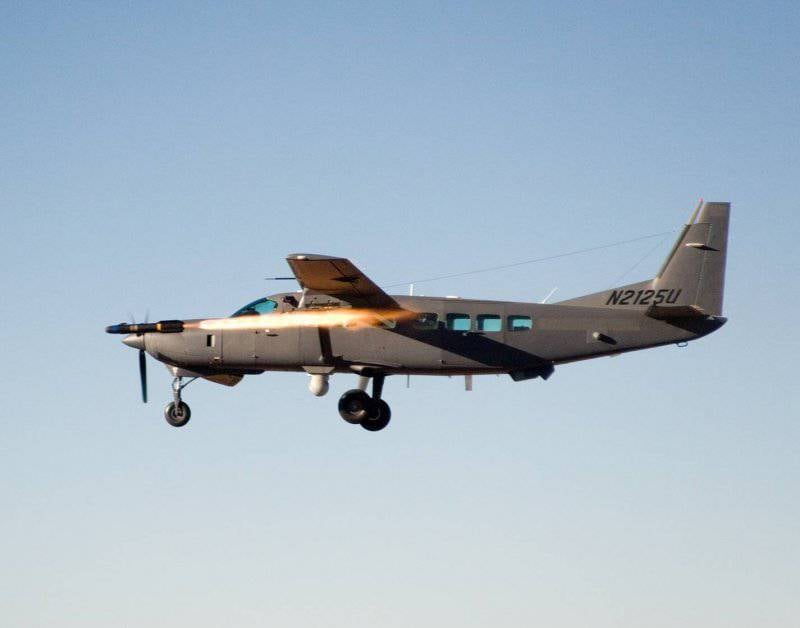
The plane is equipped with advanced avionics, allowing it at any time of the day to conduct reconnaissance, observation, coordinate the actions of ground forces and issue target designation to other combat aircraft. In addition to all this, operators of optoelectronic systems AC-208 Combat Caravan have the opportunity to independently deliver high-precision strikes using AGM-114М / К Hellfire air-to-ground missiles. The aircraft can patrol in the air for about 4,5 hours. Top speed about 350 km / h. Operation from unpaved airfields with a strip of at least 600 meters in length is possible. The cockpit and some parts of the aircraft are covered with ballistic panels. Aircraft of this type are actively used by the Iraqi Air Force in combat operations against the formations of the "Islamic State".
On the basis of the AT-802 agricultural aircraft, the American company Air Tractor created a lightweight anti-guerrilla AT-802U attack aircraft (for more information, see: Combat Agricultural Aviation).
With a maximum speed of 370 km / h, this double aircraft can hang in the air for up to 10 hours and carry a combat load of up to 4000 kg. AT-802U light attack aircraft passed the “baptism of fire” over the jungles of Colombia and in a number of anti-terrorist operations in the Middle East, where they showed themselves well.
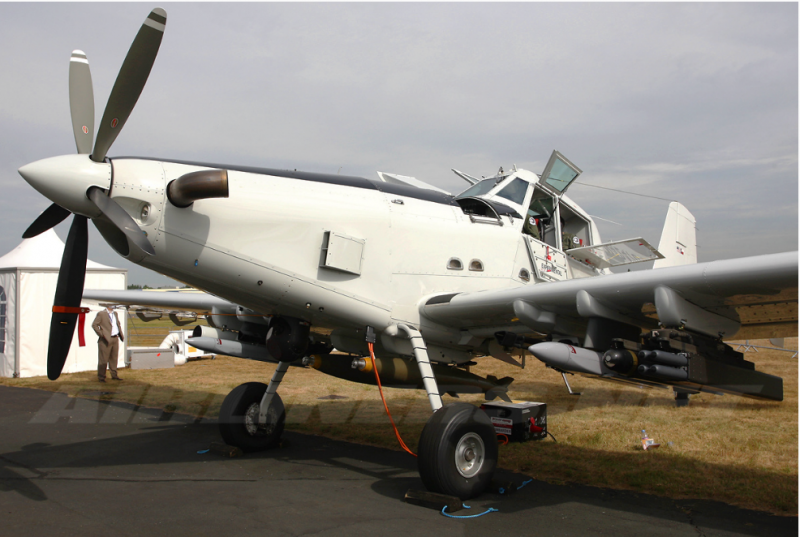
The AT-802U has a lot in common with the Archangel BPA, built on the basis of the agricultural aircraft Thrush 710. The AT-802 and Thrush 710 are variants of the same aircraft designed by Leland Snow. Unlike the AT-802U, the combat “Archangel” is equipped with more advanced avionics. This aircraft is used reconnaissance-sighting system, allowing you to strike with high-precision ammunition, without entering the zone of destruction of the MPA and MANPADS. In this regard, the small-arms armament on the "Archangel" is missing.
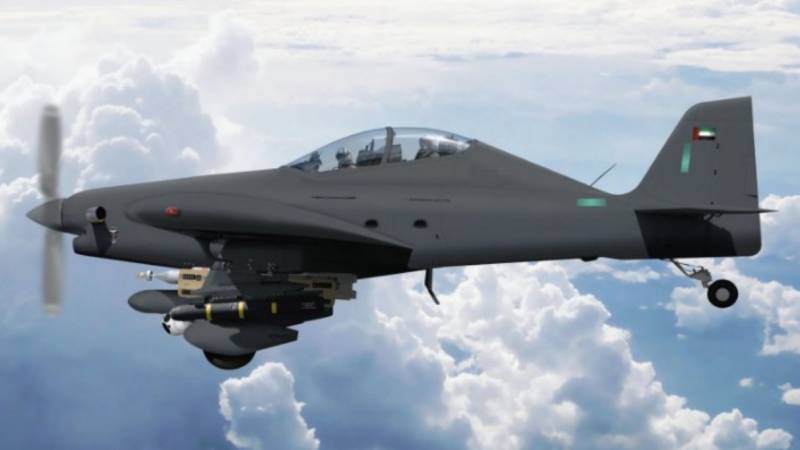
AGN-12 Hellfire missiles, 114 16-mm Cirit missiles, 70 JDAM or Paveway II / III / IV missiles can be deployed on the six Archangel BPA attack pods. The Archangel in the shock version is capable of carrying more weapons on external hangers than any other aircraft of a similar weight category. It may conduct independent search and destruction of small militant groups when the use of other aircraft is irrational from the point of view of combat effectiveness or impractical for economic reasons.
During the design of the "Archangel" much attention was paid to improving the survival rate of the aircraft over the battlefield. In addition to introducing a set of passive protection tools in the form of protecting the fuel tanks and pressurizing them with nitrogen, reducing thermal visibility, booking with composite ballistic materials for the engine and cabin, a container is provided with laser equipment blinding the self-homing head of the MANPADS.
But the most active in fighting against all sorts of rebels in recent decades have been used light turboprop vehicles, the initial purpose of which was the education and training of pilots (more here: "Toucan Class").
Due to its low cost, good performance, versatility and high flight data, Embraer Brazilian EMB-312 Tucano has become a bestseller among the turboprop TCBs. As you know - demand creates supply, based on the ECB-312 Tucano, based on the experience of combat use and advances in modern sighting and reconnaissance systems and high-precision weapons, in 2003, the serial production of the improved EMB-314 Super Tucano began. The plane received a new engine and modern avionics, its weapons became much more powerful, the cabin and the engine were partially covered with Kevlar armor.
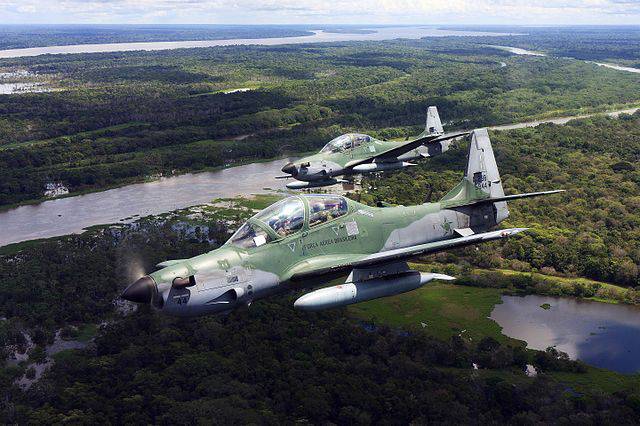
Due to the increased flight data, the presence of built-in weapons and advanced search and navigation equipment, the Super Tukano is effectively used not only as a light attack aircraft, but also as a reconnaissance aircraft and a fighter for intercepting light aircraft that carry drugs illegally.
Another direction in the field of creation of counter-insurgency aircraft was the South African light reconnaissance-strike combat aircraft AHRLAC (Advanced High Performance Reconaissance Light Aircraft) - this can be translated as "Light reconnaissance-combat aircraft of high performance."
Aircraft AHRLAC created by South African firms Paramount Group and Aerosud as a versatile low-cost alternative to UAVs. He made his first flight on 26 July 2014, and the first public demonstration took place on 13 August 2014 at Wonderboom Airport.
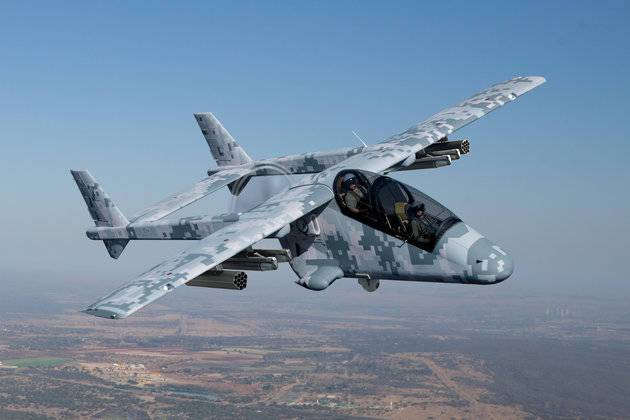
AHRLAC has a very unusual appearance and is a cantilever high-wing aircraft with one Pratt & Whitney Canada PT6A-66 turboprop engine with a capacity of 950 hp. Features of the aircraft are: reverse sweep of the wing, spaced tail and pusher propeller in the rear of the fuselage. All this provides excellent forward and downward visibility from the two-seater cab. The maximum speed is 500 km / h, and the duration of the air patrol can exceed 7 hours.
Despite the futuristic design, the South African aircraft in the future may be in demand in the global arms market. It is possible to use a wide range of controlled and uncontrolled means of destruction. The 20-mm gun is used as a built-in weapon. Aircraft ammunition with a mass and dimension up to 500 pound (227 kg) aerial bombs can be placed on six external nodes. The total weight of the combat load in different sources varies from 800 to 1100 kg. The lower part of the fuselage consists of a set of interchangeable conformal modular units equipped with a variety of sensor systems, such as infrared and optical cameras, synthetic aperture radar, electronic intelligence systems and electronic warfare systems. According to the information published at the presentation of the aircraft, its price should be within $ 10 million. The developer announced his intention to build several dozen planes per year. At the moment, AHRLAC is undergoing a set of tests, and if the stated characteristics are confirmed, then the plane does have a good chance of commercial success.
In the very near future, hundreds of combat aircraft built in 70-80-s are to be written off in countries of Asia, Africa and Central and South America. Obviously, the emphasis in the purchase of new combat aircraft will be on reducing the price of both the aircraft itself and the flight hour. Therefore, a significant part of the new combat aircraft will make turboprop attack aircraft. At the moment in our country there is no inexpensive light "export" fighter. This niche could take a combat aircraft, created on the basis of the FC Yak-130, but so far progress in this direction is not visible. It is clear that for Rosoboronexport, billion-dollar deals for the supply of supersonic fighters are of much greater interest, but it is unwise to refuse market share. As you know, the buyer of weapons in the future is in a certain dependence on the seller, because without spare parts, consumables and technical support, modern aircraft cannot fly. Thus, even “cheap” deals always bring political dividends.
Based on:
http://russiancouncil.ru/inner/?id_4=4158#top-content
http://www.f-16.net
http://www.ahrlac.com

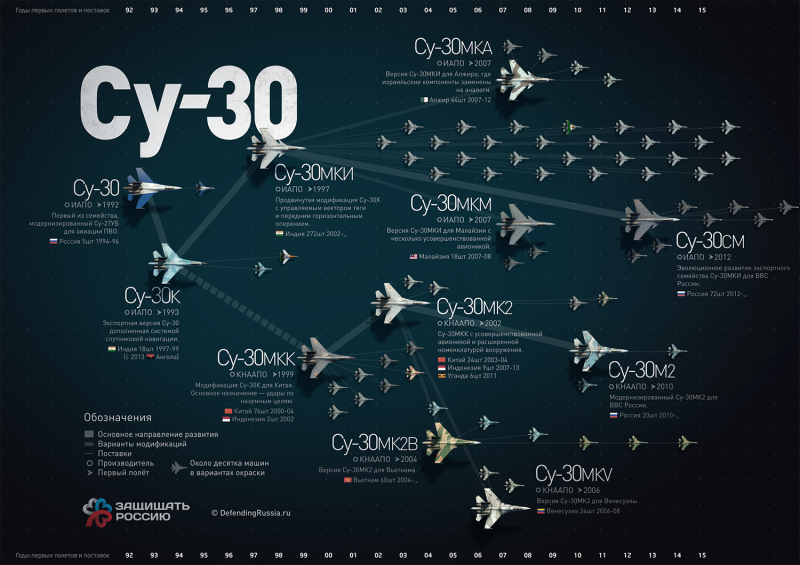
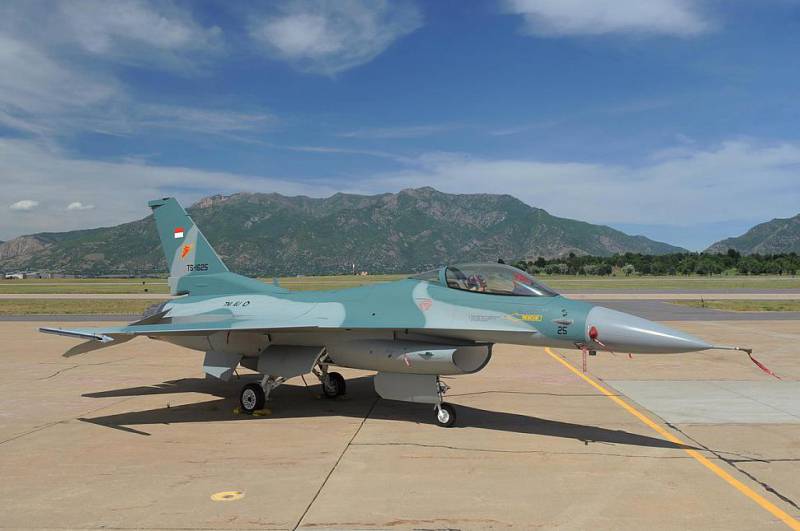
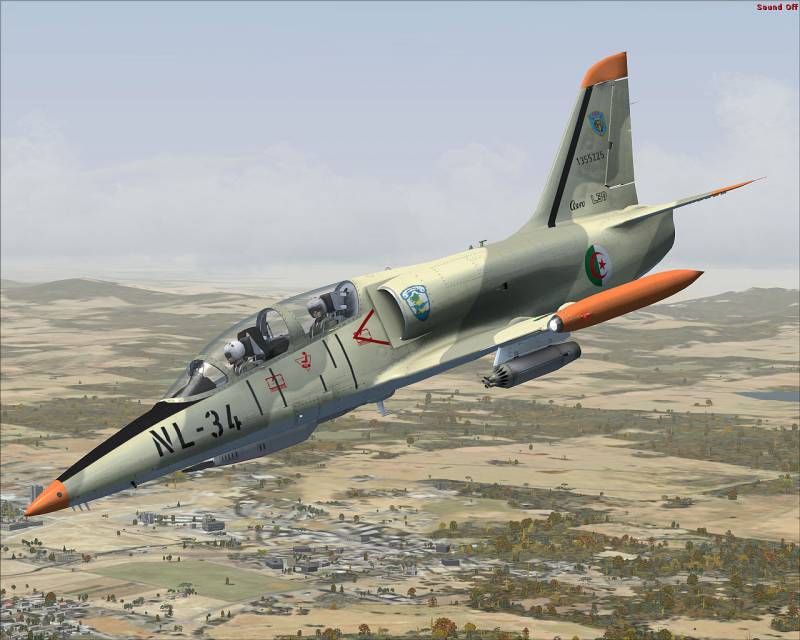
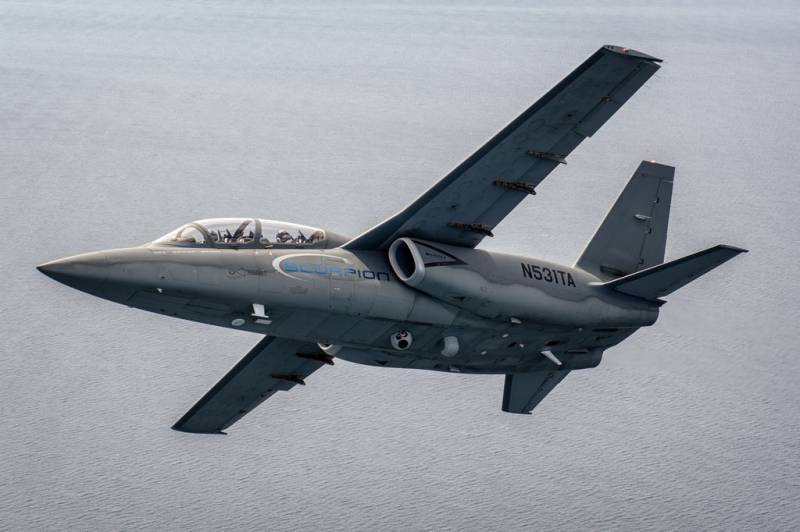
Information